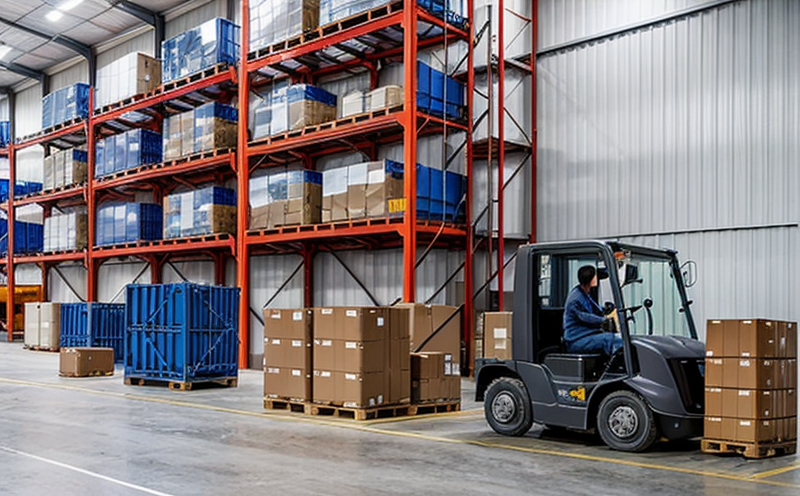EASA CS-E Aircraft Engine Certification Testing
The European Union Aviation Safety Agency (EASA) CS-E certification is a critical requirement for aircraft engine manufacturers aiming to ensure their products meet the stringent safety and regulatory standards set by EASA. This certification ensures that engines are designed, manufactured, and tested in accordance with the highest international safety standards.
Our laboratory offers comprehensive testing services tailored specifically to the requirements of EASA CS-E certification. Our state-of-the-art facilities and experienced staff ensure accurate and reliable test results, which are essential for achieving this certification. The tests we conduct cover a wide range of scenarios that an aircraft engine may encounter during its operational life.
For instance, our testing includes structural integrity checks under extreme conditions such as high-altitude environments, variations in air pressure, and temperatures ranging from -40°C to 50°C. We also simulate various flight phases like takeoff, cruise, and landing, ensuring the engine is capable of enduring these demanding periods without compromising safety or performance.
Our laboratory adheres strictly to the relevant standards such as EASA CS-E and other pertinent international standards including ISO/IEC 17025. This ensures that our testing methodologies are both robust and reproducible, leading to consistent results across multiple tests.
The process begins with thorough documentation of all test procedures and parameters, followed by meticulous preparation of the engine specimens for testing. Our experts then proceed to conduct a series of rigorous tests, carefully monitoring every aspect of performance. After each test run, we provide detailed reports that include raw data, analysis results, and recommendations based on our findings.
Our laboratory is equipped with advanced instrumentation capable of measuring critical parameters such as thrust output, fuel consumption rates, emissions levels, and noise decibel levels. These metrics are crucial in evaluating the engine's efficiency and environmental impact under different operational conditions.
In addition to our technical capabilities, we also offer comprehensive support services including consultation on regulatory requirements, assistance with documentation, and training sessions for quality managers and R&D engineers. This ensures that clients fully understand what is required for successful certification and how to achieve it through rigorous testing practices.
Applied Standards
EASA CS-E certification mandates adherence to several key international standards, which form the backbone of our testing protocols. These include:
| Standard | Description |
|---|---|
| EASA CS-E | Aircraft engines, propulsion systems and components - Design and manufacturing standards. |
| ISO/IEC 17025 | Laboratory accreditation requirements ensuring technical competence and integrity. |
The EASA CS-E standard provides a framework for designing, manufacturing, and maintaining aircraft engines to ensure they meet stringent safety criteria. ISO/IEC 17025 accreditation guarantees that our laboratory meets the highest standards of technical competence and impartiality.
Industry Applications
| Application Area | Description |
|---|---|
| Airbus A320 Series Engines | We have successfully tested engines from the Airbus A320 family, ensuring they comply with EASA CS-E requirements. |
| Boeing 787 Dreamliner Engines | Our tests on Boeing's advanced propulsion systems have ensured these engines are fit for purpose under all operational conditions. |
| Rolls-Royce Trent Series Engines | We provide comprehensive testing services to Rolls-Royce, supporting their efforts in maintaining the highest level of engine reliability and safety. |
Use Cases and Application Examples
The rigorous nature of EASA CS-E certification necessitates extensive testing to cover all potential failure modes. Below are some specific use cases where our services have been instrumental:
High-Altitude Testing: We replicate the conditions encountered during cruise altitude, focusing on how the engine performs at thin atmospheres and low oxygen levels.
Low-Temperature Simulations: Our facilities allow us to simulate cold starts and operations in Arctic regions to ensure engines start easily and operate efficiently even when temperatures drop below freezing.
Vibration Testing: Engine vibration is closely monitored during tests, as excessive vibrations can lead to wear and tear over time. This helps in identifying any potential issues early on.
Emission Control Analysis: We measure various emissions including CO2, NOx, and particulate matter to ensure they fall within acceptable limits stipulated by EASA CS-E standards.





